In 2022, I started spending more time in Vienna and got to know the city well, learning the transit system, good places to eat, and the rhythm of the various neighborhoods. Here are 9 things from Vienna that we should have in DC.
One of my favorite bits of DC history, which I learned when I moved here 29 years ago, is that our streets were laid out by Pierra L’Enfant, a French engineer with grand ideas for what the District should be. I’m grateful today for that French influence, which gave us an elegant design, reminiscent of Paris, and helped create the beautiful place we enjoy today.
But there’s a different European city that I’ve been thinking about lately: Vienna, Austria.
Vienna
In 2022, I started spending more time in Vienna and got to know the city well, learning the transit system, good places to eat, and the rhythm of the various neighborhoods. (I lived in Dobling, the 19th District, with my girlfriend).
Vienna is pretty incredible. The Economist frequently cites Vienna as the best place to live in the world. It has managed solid waste, education, housing and its economy in admirable ways. I still love the District. I raised three kids here and still savor its history, its beauty, even its chronic rat population; our city is special despite its problems.
What follows are nine things that we could try here in DC to make it a better place to live. I deliberately avoid mentioning anything that seems too ambitious or things that could be dismissed as a cultural difference. Also, this is not scientific; I’m neither an urban planner, an engineer, a politician or businessman. These are suggestions for people who are smarter than me to think about.
Enliven Metro stations. Throughout Vienna, every big subway station has retail and food options. This encourages people to linger, which increases the sense of safety because there are more people around. It’s also convenient, providing a meal or groceries on the go. For example, at the Schottentor station where my tram turns around, one could: get a passport photo, buy a new iPhone charger, eat Israeli street food, pizza, kebab, or drink boba tea. Pick up deodorant, shaving cream or a greeting card. Buy fresh bananas, apples or tangerines. In D.C., creating something similar would require better cooperation and planning among WMATA, local jurisdictions, and private developers to upgrade current stations. Some Metro stations have extra space, so adding small retail shops would not require any significant overhauls. Metro Center, Gallery Place, and Farragut Square are all candidates for creating small businesses opportunities. Livelier Metro stations would also encourage more ridership.
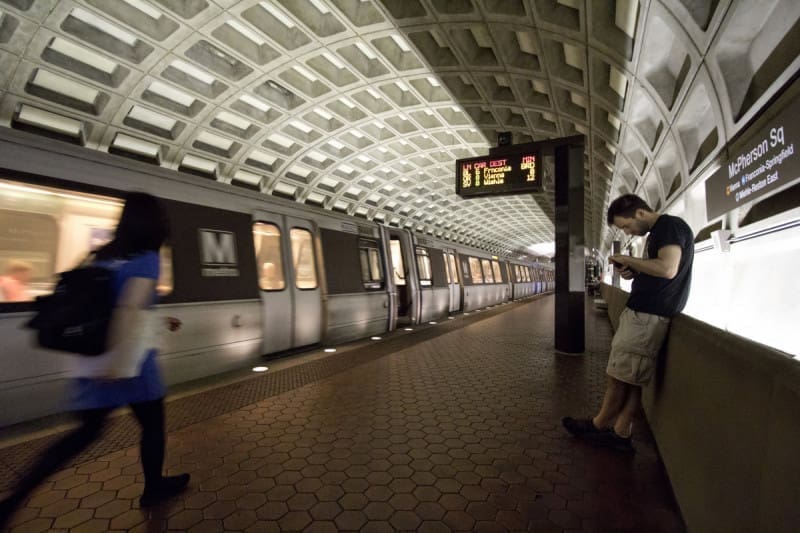
Narrow the streets. Throughout Vienna, roads are narrower than DC streets. Some of that is age; many cities across Europe were laid out before the American Revolution. But in Vienna, even new city roads are narrower than DC roads. Narrower streets slow traffic, reducing accidents and encouraging people to walk. In DC and elsewhere, there is evidence that big roads encourage bigger cars and faster, more reckless driving. In the District, the city government could promulgate regulations to allow narrower roadways, without impacting parking — the primary challenge that drags down many projects. The District is already taking steps to calm (in another word, slow) traffic, and we’d be much better off if that effort included making roads narrower. This could be done by adding bike lanes, or by expanding medians, sidewalks, or tree boxes.
Make crosswalks sacred. This one is the easiest and the hardest to accomplish. In every crosswalk in Vienna, there is an absolute respect for pedestrians. Once a pedestrian steps into a crosswalk, traffic on both sides comes to a complete stop. There’s a respect for rules and pedestrian safety. To implement this in the District (or the region) would require revising our drivers license training to include more emphasis on pedestrian safety. We could also put more visible signs at crosswalks and of course rely on cameras, which have the proven effect of changing driver behavior.
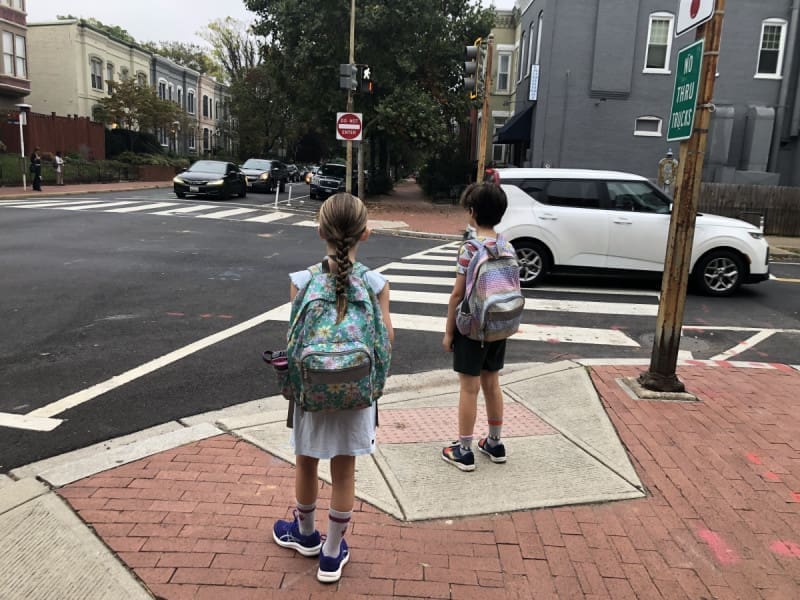
Stop Subsidizing Parking: In Vienna, it’s customary to meet up with people at mass transit points. When nearly everyone rides a bus, a tram, a subway or a bicycle, meeting at those intersecting spaces just makes sense. I recently was waiting for my tram and watched a group of young adults meet up with hugs and smiles. One person had a bike, one got off a tram, and the other had come up the stairs from the subway. We should do more to incentivize transit in DC. Many government employers provide too many subsidized parking spaces and we still sell cheap (by global standards) gasoline. Let’s increase the cost for metered parking, put additional taxes on parking lots, and make all future parking garages more costly, so a greater share of residents and visitors choose mass transit. And of course, provide more subsidies to transit users so that the habit takes hold.
Make parks more social. In Vienna, many parks have restaurants or cafes built right into them. At Stadtpark and Turkenschanzpark, there are restaurants in the center, and a Christmas market during December with warm drinks and bratwurst. Imagine if Rock Creek Park had a place to eat near Peirce Mill? Or if the downtown holiday market near the Portrait Gallery instead opened at Anacostia Park each afternoon in December. This would have many benefits, including encouraging local and small businesses to participate. Nothing against the food trucks that park along the National Mall, but can’t we do much better than that? The National Park Service could allow restaurants to open near the Tidal Basin, next to the Hirshorn, and over in Lincoln Park. If our local and regional delegation in Congress made this a priority, we could encourage change at NPS. We could also explore transferring some park land to the District, or find creative ways to cooperatively manage parcels, like we did at Franklin Park.
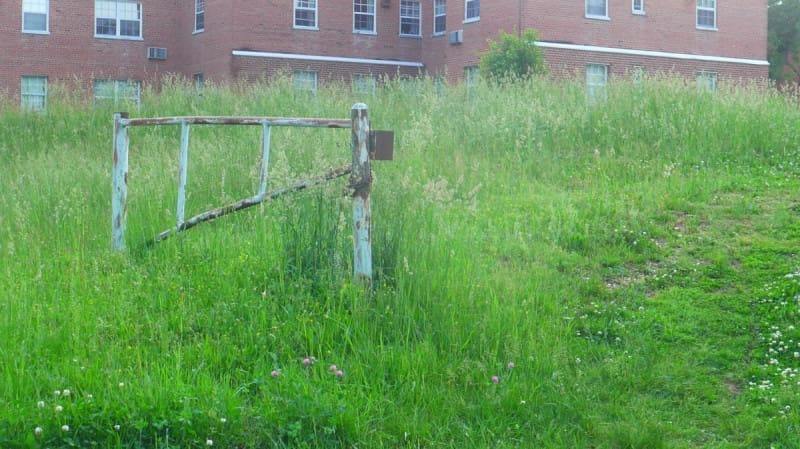
Protect riverbanks for recreation. In Vienna, the Danube River has bike and pedestrian trails on both sides, allowing seamless recreation and enjoyment of the water for many miles. The District hasn’t done too bad with this, but we have miles of riverfront that are inaccessible to the public. Fort McNair is behind a fence and the Wharf is in private hands where cars drive along the water. The District should prioritize making spaces available to the public along the Anacostia and Potomac River. It is possible: the Navy allowed a pedestrian path to be built along its riverbank at the Navy Yard, and even Georgetown is slowly reclaiming land under the Whitehurst Freeway. We’re seeing progress at Kingman Island, but it’s been on the drawing board for three decades. Is that really the best we can do?
Maintain what we build. In Vienna, city workers are constantly fixing, repairing, and tidying up. Water fountains work. Dead tree limbs are cut. Sports fields are clean and mowed. Fences stand where they should. It shows a level of attention and care that inspires use, but also encourages respect in the first place. In the District, I frequently visit swimming pools where showers don’t work, locker doors are ripped off, and soap dispensers are empty and mismatched. Recreation centers have brown, unwatered lawns. Libraries have broken elevators or malfunctioning air conditioning. All of these things are preventable with proper maintenance and care. That means the DC Council should take oversight responsibilities much more seriously so we see less waste, fraud, and abuse — and make investments in what we already own.
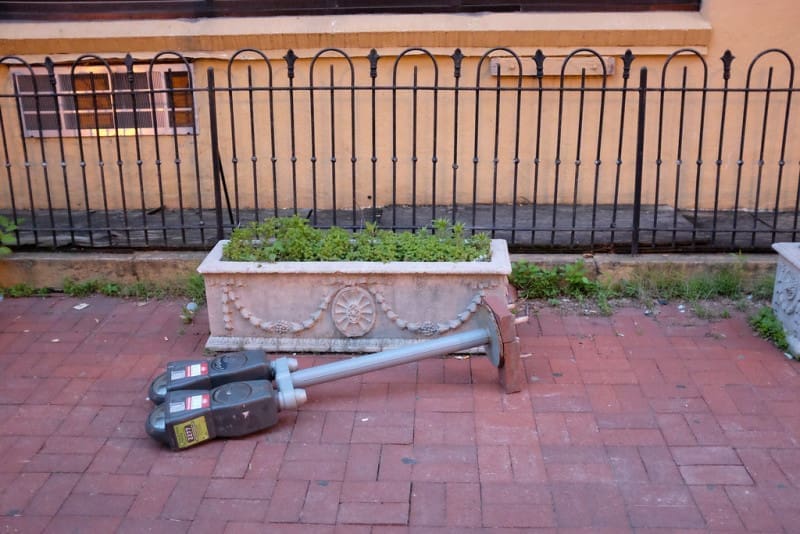
Rethink trash and recycling collection. In Vienna, like most European cities, recycling is not picked up at your doorstep. Instead, everyone walks to central collection points and sorts it themselves. Despite the extra work, they recycle 30% of their plastic compared to 5% in the US. This system improves the quality of the recycling and gets a larger percentage of the waste stream out of landfills. It reduces the number of household bins and reduces truck traffic to collect it all. Building collection points brings people together, like dog parks or playgrounds, and the social interaction of sorting recyclables alongside neighbors must have some benefits. The District might pilot this with collection points for brown, clear, and green glass — the stuff that most often contaminates recyclables in mixed bins.
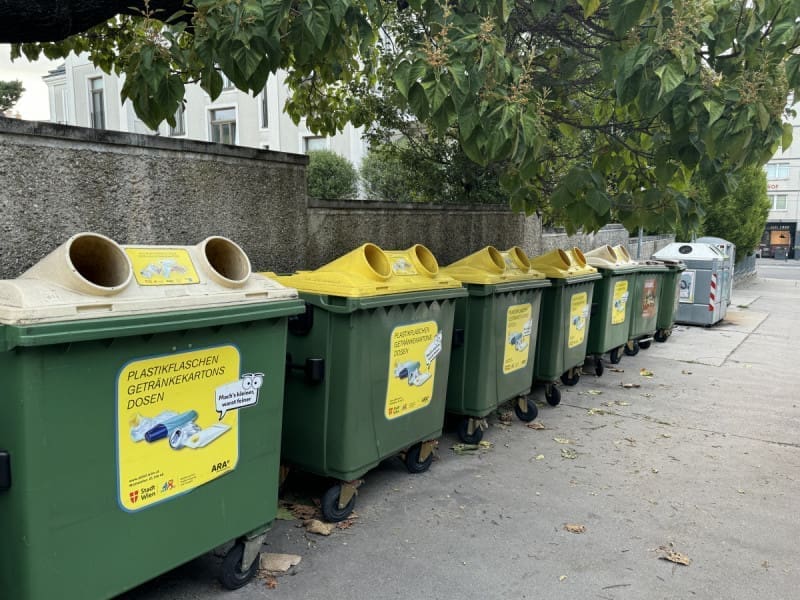
Rethink grocery store checkouts. In Vienna, there are no single-use bags in grocery stores. Instead, everyone brings reusable bags or buys one on the spot. The District took a great step forward with the plastic bag tax in 2010, and other jurisdictions have followed suit. But too many checkouts at stores like Walmart, Target, and elsewhere still serve up lots of plastic, and District shoppers can still get single-use paper bags without paying a fee. We should encourage all stores to eliminate single-use bags altogether so everyone gets into the habit of bringing a bag when they shop.




